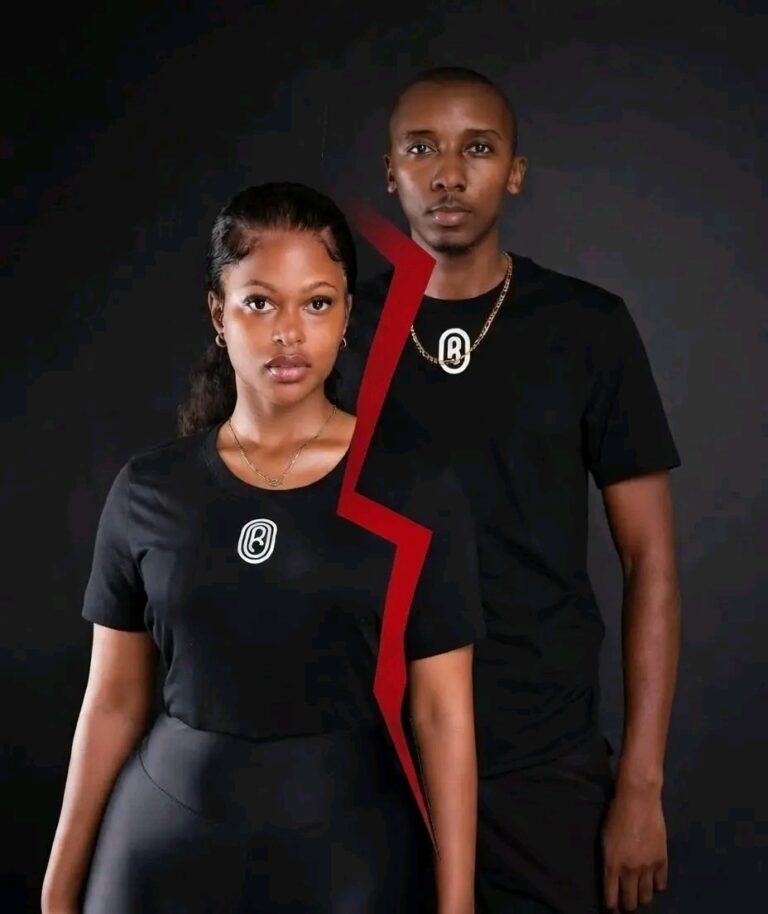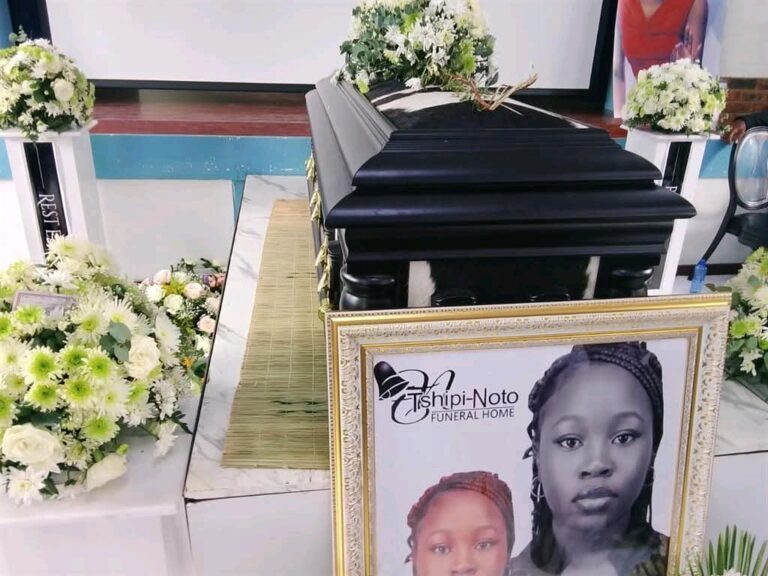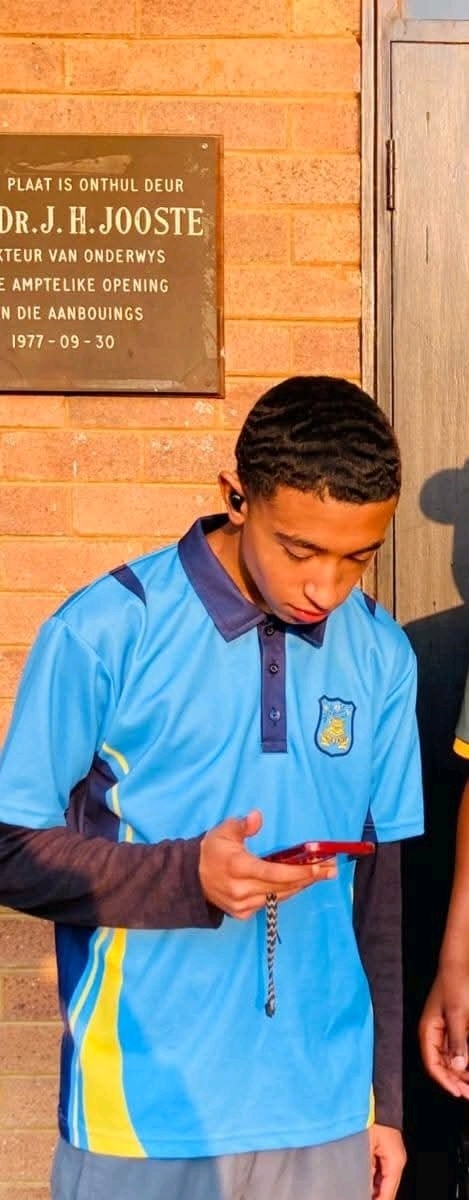
A South African Police Service (SAPS) officer has found herself at the centre of a heated online debate after a photo of her in uniform circulated on social media. The image, showing the officer posing for a selfie in tight-fitting trousers, bright lipstick, and a neatly styled hairstyle, has divided opinion nationwide.

While some praised her confidence and sense of style, others criticised the officer for what they saw as unprofessional behaviour that undermines the dignity of the police uniform. For many, the uniform is not just clothing but a powerful symbol of service, respect, and authority. The photo, they argue, sends the wrong message to the public at a time when the police service is already under scrutiny for issues related to discipline and credibility.
Critics Question Professionalism
The strongest criticism has come from those who believe that the officer’s appearance was inappropriate for her position. Detractors argue that police officers should maintain a conservative and disciplined presentation to reinforce their role as figures of authority. Tight trousers and bold makeup, they say, are better suited for personal life than professional duty.

Some commentators suggested that the officer’s behaviour reflects a growing trend among female officers who use social media to showcase their individuality, sometimes blurring the line between personal expression and professional responsibility. These critics believe stricter regulations are needed to preserve the integrity of the uniform and ensure it commands respect in communities.
Supporters Defend Individual Expression
On the other side of the debate, many South Africans defended the officer, arguing that personal style should not overshadow the fact that she is performing her duties. Supporters emphasised that wearing makeup or having a fashionable hairstyle does not diminish an officer’s ability to serve and protect.
Some noted that the backlash reveals deeper societal double standards, particularly around women in uniform. They argue that male officers are seldom subjected to the same level of scrutiny over appearance, even when their uniforms are ill-fitted or untidy.

Broader Context of Police Image
The controversy comes at a time when SAPS faces ongoing challenges in restoring public trust. Reports of corruption, misconduct, and inefficiency have damaged the image of the force in recent years. For critics, the viral photo serves as a reminder that even small details—like how an officer wears the uniform—can influence public perception.
Uniforms are traditionally regarded as symbols of discipline, unity, and professionalism. When an officer’s presentation deviates from these expectations, it can spark concerns about whether the institution itself enforces consistent standards. This, in turn, has raised calls for SAPS to implement clearer guidelines on appearance and social media conduct.
Finding a Balance
Ultimately, the incident highlights the ongoing tension between individuality and professionalism. While officers should be allowed a degree of self-expression, the responsibilities that come with wearing the SAPS uniform may require moderation. Striking a balance between modern identity and traditional standards could help the force maintain respect while recognising the evolving values of society.
As the debate continues online, SAPS has not yet issued an official statement regarding the viral photo. For now, the discussion reflects larger questions about gender, authority, and the role of image in South Africa’s police service.




